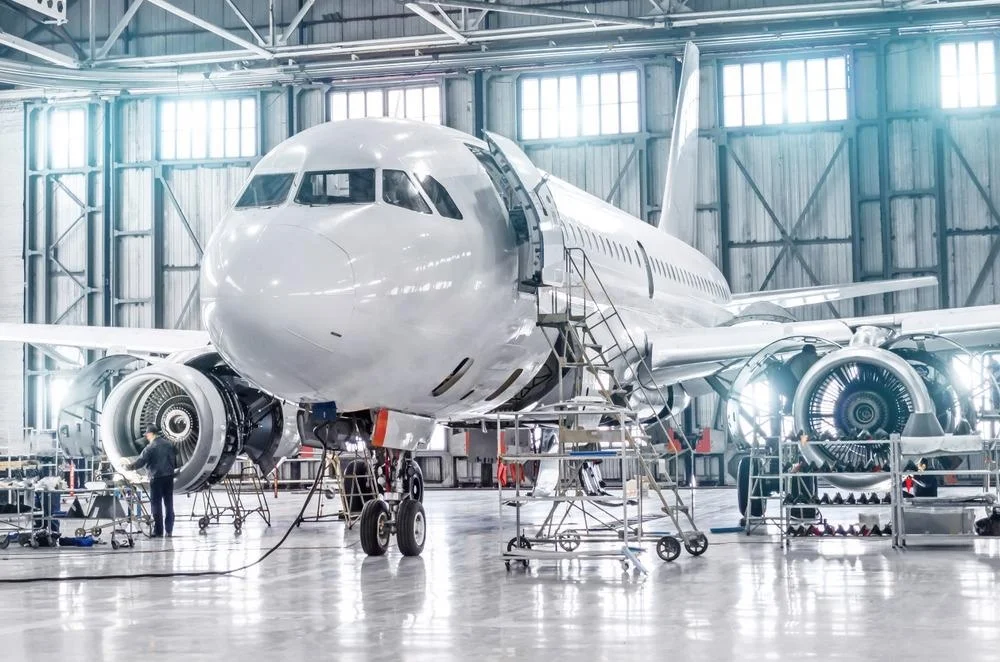
As India’s USD 3.5 trillion economy ramps up its aerospace goals, high-performance polymers (HPPs) are transforming aircraft production, providing lighter, tougher, and heat-resistant options.
With the worldwide aerospace polymers market envisioned to increase from USD 21.5 billion in 2025 to USD 36.7 billion by 2032 at a 7.9% CAGR, according to a 2025 Market Research Future report, HPPs such as PEEK, PEI, and PPS are vital to engine, interior, and airframe components for them.
India’s MSMEs, the key drivers of the ₹20,000 crore aerospace supply chain, will benefit, but regulatory lag and skills gaps might slow scaling up to a USD 5 billion domestic aerospace market by 2030.
HPPs, designed for harsh conditions, endure temperatures of up to 400°C, withstand corrosion, and weigh just 20–30% as much as metals, saving fuel by 10%, according to a 2024 Allied Market Research report. In aerospace, PEEK is employed in engine brackets, cutting weight 40% compared to aluminum, and PEI adds flame resistance to cabin interiors, according to a 2025 Mordor Intelligence report.
In India, HAL’s Tejas fighter makes use of HPPs in 30% of its airframe, according to a 2024 DRDO report.
Recent breakthroughs power adoption. In January 2025, Solvay introduced a bio-based PEEK type with 30% reduced carbon footprint, according to a 2025 Plastics Today report. Victrex’s AE 250 PAEK, which is certified for 3D-printed aerospace components, facilitates complex geometries, according to a June 2025 X post from @3DPrintIndustry.
AI-driven material optimization, adopted by GE Aerospace, enhances HPP performance, per a 2024 Precedence Research report. India’s aerospace sector, growing at a 14% CAGR, benefits from PM Gati Shakti’s logistics cost reduction of 20% and the ₹50,000 crore PLI scheme, supporting MSMEs that supply 40% of components, per a 2024 CII report. ONDC boosts MSME market access by 25%, per a 2024 SIDBI report.
Regulatory tailwinds support growth. EU’s REACH regulations and India’s initiative towards green materials as part of the National Aerospace Policy 2024 encourage HPPs, according to a 2025 Business Standard report. ISRO’s partnership with IIT Bombay for development of polymer composites for satellite cases, which was announced in March 2025, highlights R&D momentum, according to a 2025 ET Aerospace report.
Challenges still remain. Regulatory clearances for new polymers require 4–6 years in India compared with 2 years in China, slowing innovation, according to a 2024 Nasscom report. Compliance costs of ₹1–2 lakh per month for MSMEs constraints scalability. Infrastructure shortcomings, such as erratic power, interrupt production for 20% of units.
Volatility in global supply chains, impacting 30% of India’s polymer imports, is putting pressure, according to a 2024 UNCTAD report. Just 5% of Skill India’s 2 million trained personnel have HPP manufacturing skill, and only 15% of MSMEs are on ONDC, according to a 2024 Nasscom report.
Experts suggest solutions. Subsidies of the Technology Upgradation Scheme can reduce MSME expenses, according to a 2025 Economic Times report. Scaling Skill India’s polymer training, developing 5G and power dependability through PM Gati Shakti, and facilitating public-private partnerships with IITs for material R&D can fill gaps, according to a 2025 Hindustan Times report.
CII-initiated campaigns can increase ONDC usage and industry awareness, according to a 2025 LatestLY report.
High-performance polymers are transforming aerospace production with unprecedented strength and sustainability.
For India, harnessing these technologies can upgrade its aerospace industry, which will support a Viksit Bharat by 2030, if it can overcome challenges of regulation, skill, and infrastructure.
